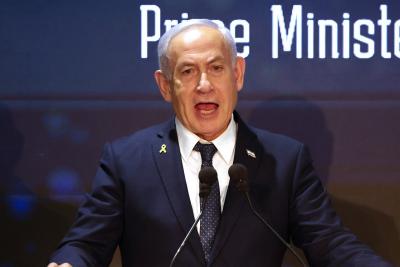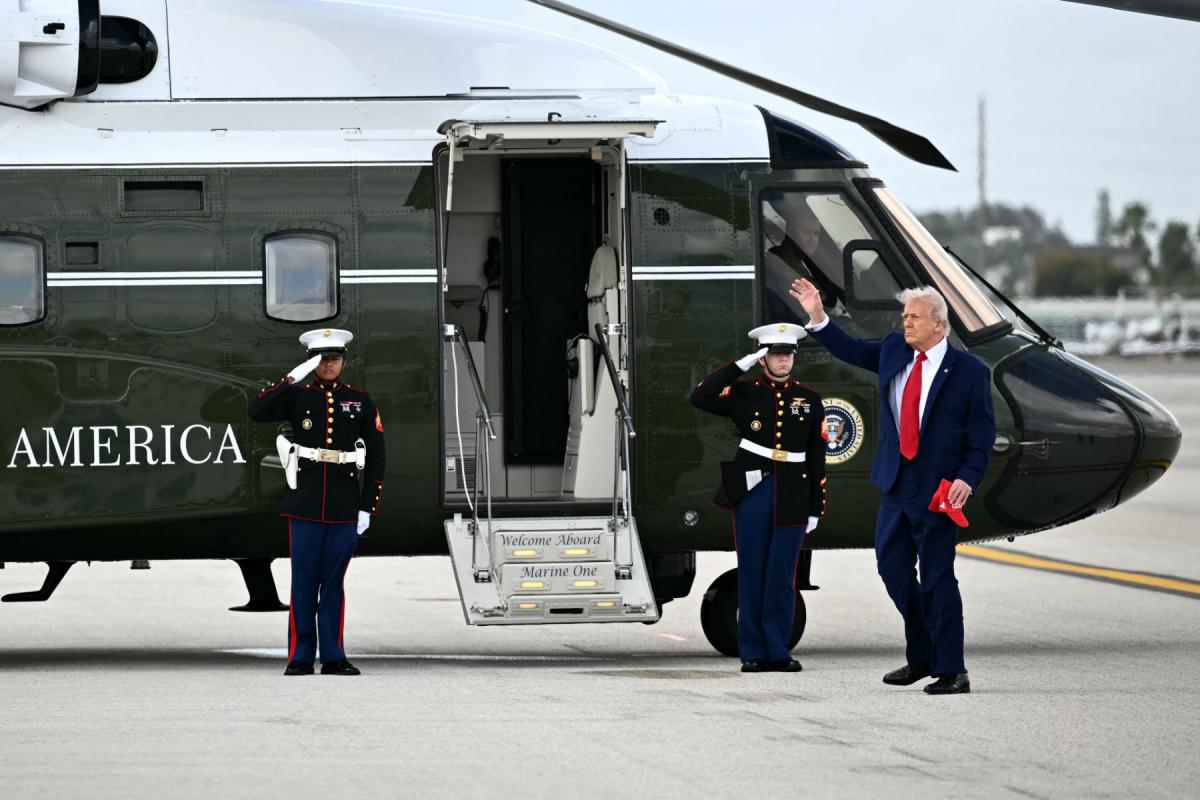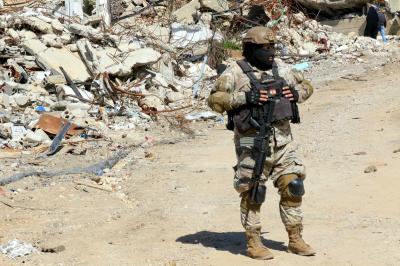Since his inauguration in January 2025, President Donald Trump has embarked on an unconventional path to end the Russia-Ukraine conflict. Campaigning on a promise to broker peace "within 24 hours," Trump's strategy has oscillated between diplomacy, coercion, and transactional demands. This approach has raised eyebrows in international circles, where skepticism abounds regarding its effectiveness.
Carrots, Sticks, Concessions
At the heart of Trump's initiative is a 30-day interim ceasefire, which Ukraine agreed to last month following talks in Jeddah, Saudi Arabia. The plan calls for both sides to halt attacks along the front lines and in the Black Sea, facilitate humanitarian exchanges such as prisoner swaps and repatriation of children, and begin negotiations for a permanent peace. However, Russia has yet to formally accept the proposal, with Moscow demanding preconditions that include an end to Western military aid to Ukraine and recognition of its territorial gains—conditions that are non-starters for the West.
U.S. Presidential Envoy to Ukraine, Retired Lt. Gen. Keith Kellogg, has floated plans requiring Ukraine to cede occupied territories to Russia and abandon NATO aspirations. His proposal advocates freezing the current frontlines and conditioning U.S. aid on Kyiv's participation in talks. Vice President JD Vance has similarly pushed for a demilitarized zone along the existing battle lines, arguing Ukraine lacks the manpower to reclaim lost land. Trump has linked U.S. support to access to Ukraine's critical minerals, such as lithium and uranium, a point of contention during a failed February 2025 Oval Office meeting with President Volodymyr Zelenskyy.
More recently, Trump threatened to impose 25–50% tariffs on Russian oil exports if Putin refuses a ceasefire, aiming to pressure Moscow via its energy-dependent allies like China and India. This move has been seen as a bold attempt to leverage economic pressure, but it risks destabilizing global energy markets.
Limited Progress, Escalating Tensions
Zelenskyy agreed to the 30-day ceasefire under U.S. pressure, restoring intelligence sharing and military aid after a brief suspension. However, Russia’s intentions remain unclear, with continued drone strikes on cities like Sumy and Odessa despite Putin's pledge to halt attacks on energy infrastructure. The Kremlin has exploited Trump's eagerness for a deal, attaching "unrealistic" conditions to ceasefire talks while continuing its offensive, leveraging support from Iran, North Korea, and China.
Polls show that 55% of Americans disapprove of Trump's handling of the war, with concerns over his alignment with Putin and "erratic" aid policies. The pause in military assistance in March 2025 drew bipartisan criticism, highlighting the political challenges Trump faces at home.
Challenges Ahead
International observers doubt Putin's willingness to compromise while Russia holds the battlefield advantage. His demands—rooted in maximalist territorial claims—suggest stalling tactics to consolidate gains. Trump's threat of oil tariffs may test this calculus, but secondary sanctions face logistical hurdles given existing Western restrictions.
Despite manpower and ammunition shortages, Ukraine retains the support of Western allies. However, with U.S. involvement uncertain, European leaders like France's Emmanuel Macron and the U.K.'s Keir Starmer are mobilizing alternative peacekeeping frameworks. Without American backing, their influence over Moscow remains limited.
If diplomacy fails, Trump faces a dilemma: double down on pressuring Ukraine (risking further erosion of U.S. credibility) or pivot to arming Kyiv aggressively—a reversal of his "America First" stance. This could strain relations with Putin, whom Trump recently criticized.
Broader Implications
Trump's insistence on sidelining NATO and pressuring Ukraine to abandon membership aspirations has triggered existential debates within the alliance. Eastern European states like Poland and the Baltics warn that conceding to Russian demands would embolden Putin to test NATO's Article 5 commitments elsewhere. Meanwhile, France and Germany are pushing for a "European Defense Union" to reduce reliance on U.S. leadership.
The proposed tariffs on Russian oil risk destabilizing energy markets. China and India—key buyers of discounted Russian crude—have vowed to defy "illegal U.S. coercion," while Saudi Arabia warns of retaliatory production cuts. U.S. intelligence reports reveal China is supplying dual-use tech to Moscow while securing long-term leases on Ukrainian farmland and lithium mines. Trump's transactional focus on critical minerals aligns with China's strategy, raising fears of a "new scramble for resources" that sidelines Kyiv's sovereignty.
The war has also spurred a shadow conflict in cyberspace. Russian hackers have targeted U.S. election systems and critical infrastructure, while Ukrainian IT armies have disrupted Russian logistics. Trump's focus on conventional diplomacy overlooks this front, leaving gaps in deterrence. A major attack on U.S. power grids or financial systems could force a military response, risking direct NATO-Russia conflict.
Trump's proposals also do not address Putin's repeated threats to deploy tactical nuclear weapons in Belarus. The Pentagon reports Russia has moved warheads closer to Ukraine's border, while the U.S. has not reaffirmed its "no first use" policy. This ambiguity increases miscalculation risks.
For now, as Zelenskyy remarked, "Diplomacy with Moscow must be backed by firepower." Whether Trump heeds this advice may determine the war's trajectory—and his own political fate. As the situation unfolds, one thing is clear: the path to peace in Ukraine will be fraught with challenges, and the world watches with bated breath as Trump navigates this complex geopolitical landscape.
 French
French

















